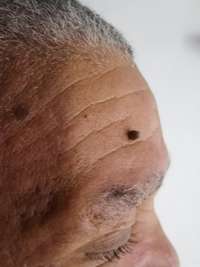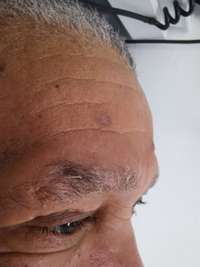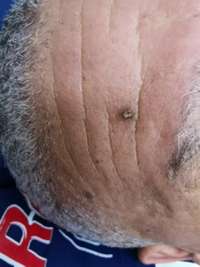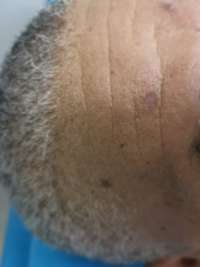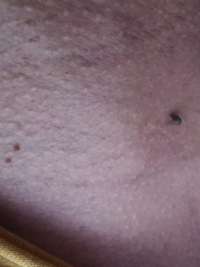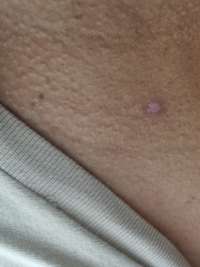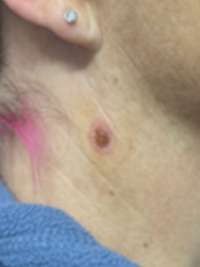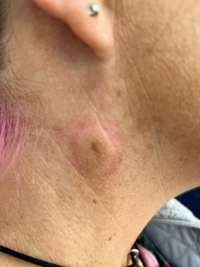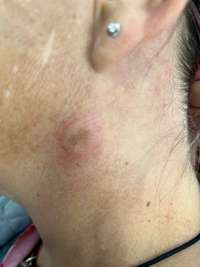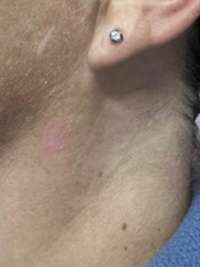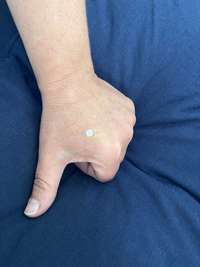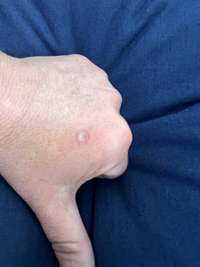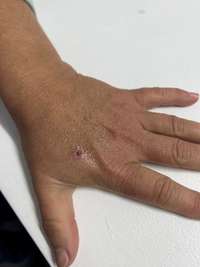About
Medical Info
DermaFreeze is recommended for cryotherapy of various benign skin and mucosal lesions. It is composed of fluorinated gases, non-toxic, odourless, non-flammable and compatible with global environmental legislation.
DermaFreeze is effective for the controlled destruction of epidermal lesions. It freezes living tissue at -30°C. A white ‘frost’ forms on the treated skin. Bigger lesions can be frozen multiple times to achieve a deeper level of treatment. The healing process is the same as that of cryosurgery with liquid nitrogen. (Tissue is destroyed at around -15°C; Dermafreeze evaporates at -30°C; liquid nitrogen at -190°C causing a lot more tissue damage than is required.)
The lesion should be cleaned with an alcohol swab. Select an applicator that when pressed down, the lesion is clearly visible. Press down on the applicator to prevent spillage when freezing. The patient should be positioned so that the applicator cone is in an upright position. Insert the tube at about a 45° angle and press/pull the trigger gently until the product covers the lesion. Keep the applicator cone in position until the bubbling (boiling) stops and you see the frost icing over the lesion. Remove the applicator. The lesion will ‘thaw’. Repeat the process if necessary. Wear safety goggles and gloves for protection.
The keratinic tissue of plantar warts should be removed mechanically before freezing it with a longer spray of DermaFreeze® to achieve a deeper level of ‘damage’. Multiple applications can be used depending on the lesion.
A dark blister will form within a day. When the blister peels off, tender skin will be exposed. Clean with saline/salt water twice a day. A product like Fix or a silicone gel can be used on the lesion at this stage.
Disinfect applicators after use – it is safe to use detergent and broad-spectrum disinfectants and the applicators can be sterilised by blue light.
Store DermaFreeze® at room temperature in a well ventilated room. Do not expose it to direct sunlight or transport it in a hot vehicle – use a cooler box for safety when in transit
Keep away from children. Exposure to eyes can cause permanent damage.
The kit consists of one 200ml Dermafreeze unit + six funnel applicators of different sizes and one applicator tube. One can is generally enough for 80-120 applications. The different funnel sizes allows for a precise margin of normal skin around the lesion and limits damage to normal skin.
Lesions suitable for treatment:
- Warts including plantar, penile, vaginal warts
- Papillomata
- Molluscum contagiosum
- Skin tags
- Keratin 'horns'
- Pigmented lesions (actinic/solar keratosis)
- Small superficial BCC

